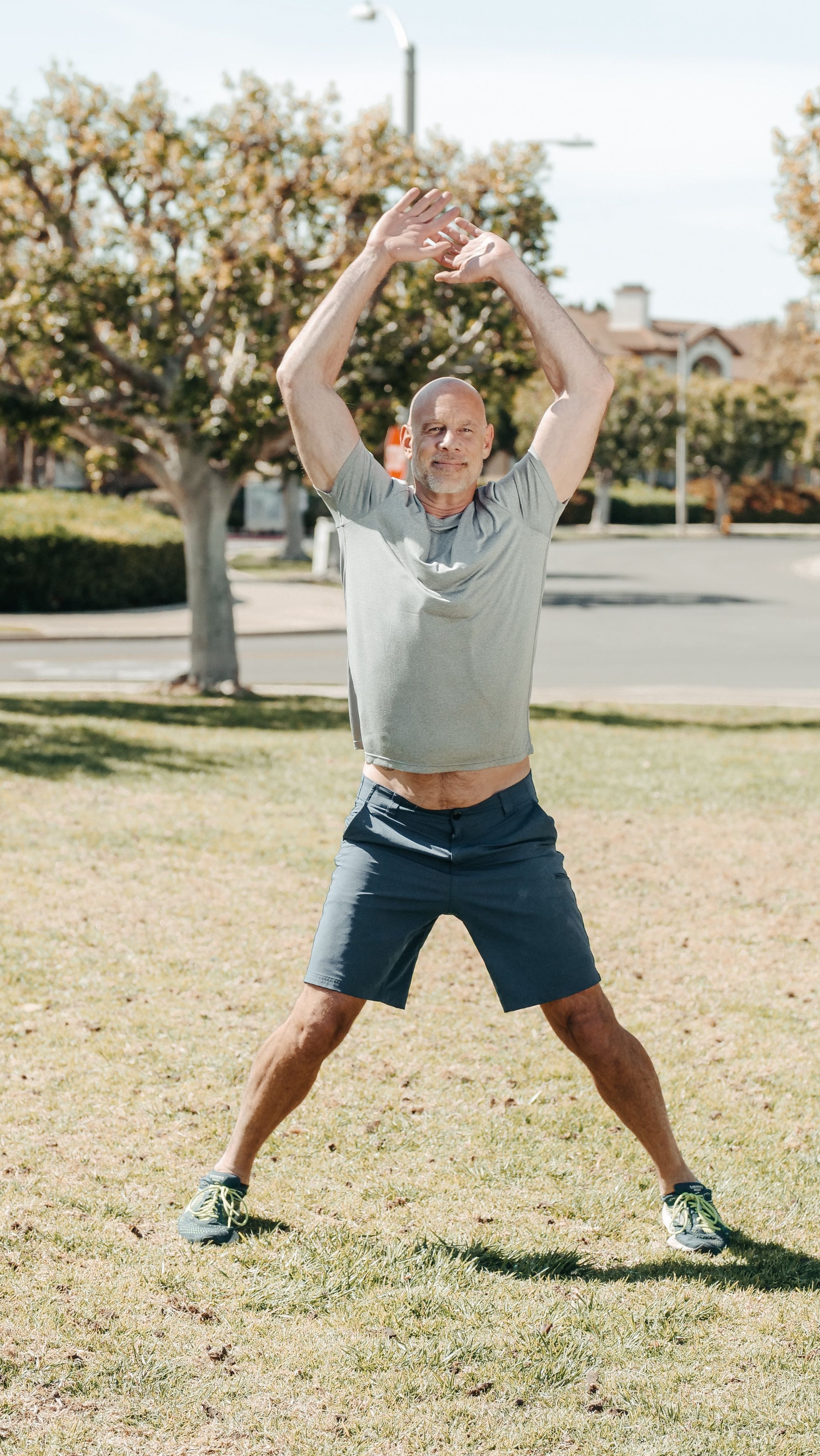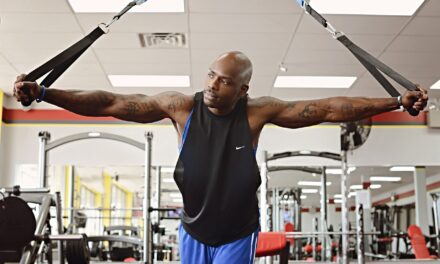Reaching the age of 50 often marks a new chapter in a man’s life, one that presents unique opportunities and challenges, especially in terms of physical fitness. The importance of workouts for men over 50 cannot be understated, as this period is critical for maintaining health, strength, and vitality. This comprehensive guide is dedicated to helping men over 50 navigate the world of fitness, offering insights into exercises that are both beneficial and suitable for their specific needs.
Why is a specialized workout plan important after 50? For men, this age signifies more than just a number. It’s a time when the body undergoes significant changes, such as a natural decline in muscle mass, bone density, and metabolism. These changes can impact physical capabilities, making it essential to adopt a fitness regimen that addresses these specific concerns. However, it’s also a time when men can gain tremendous benefits from regular exercise, including improved energy levels, mental clarity, and a reduced risk of chronic diseases.
This article is more than just a list of recommended exercises; it’s an empowering resource for men seeking to maintain or enhance their physical fitness through effective workouts. We will explore various aspects of physical fitness, including strength training, cardiovascular exercises, flexibility, and balance, all tailored for the over-50 man. Our goal is to provide practical, actionable advice backed by the latest research and expert insights. Whether you’re looking to adapt your current fitness routine or start a new one, this guide will offer valuable information to help you create a comprehensive, enjoyable, and effective workout plan.
So, let’s embark on this journey of fitness and discovery. It’s time to defy the stereotypes about aging and fitness, and embrace this phase of life with strength, confidence, and vitality. A well-rounded workout plan can help you not only look and feel better but also enhance your quality of life and independence.
Designing the Ideal Workout Plan for Men Over 50
Creating a workout plan for men over 50 involves understanding and addressing the unique challenges and needs of this age group. It’s about crafting a balanced, comprehensive routine that promotes strength, flexibility, cardiovascular health, and overall well-being. Let’s dive into the essential components of an effective workout regimen for men in their 50s and beyond.
Strength Training: A Foundation for Muscle Health
Strength training is crucial for men over 50. It helps combat the loss of muscle mass and strength that occurs naturally with age. Incorporating exercises like free weights, resistance bands, or bodyweight workouts (such as push-ups and sit-ups) can significantly improve muscle health. A study in the Journal of Clinical & Diagnostic Research underscores the importance of regular resistance training for older adults to enhance muscle mass and overall physical performance. The focus should be on moderate weights and proper technique to avoid injury.
Cardiovascular Fitness: Essential for Heart Health
Cardiovascular exercise is key to maintaining heart health and managing weight. Low-impact activities such as brisk walking, swimming, cycling, or even rowing provide excellent cardiovascular benefits. These exercises not only improve heart and lung function but also aid in maintaining a healthy weight. The American Heart Association recommends at least 150 minutes per week of moderate-intensity aerobic activity for adults.
Flexibility and Balance: Often Overlooked but Vital
Incorporating flexibility and balance exercises is essential, especially as balance can start to wane with age. Practices such as yoga, Pilates, or tai chi not only improve flexibility and balance but also contribute to joint health and mental well-being. Regular stretching, both dynamic (before workouts) and static (after workouts), should be a staple of any fitness routine to maintain mobility and prevent injuries.
Addressing Age-Related Changes
As men age, they may face various health challenges such as joint pain, reduced bone density, or chronic conditions like hypertension. It’s important to tailor exercise routines to these conditions. For instance, aquatic exercises can be ideal for those with joint pain, while weight-bearing activities help maintain bone health.
Expert Insights on Fitness After 50
Fitness experts often emphasize the importance of consistency over intensity for men over 50. A balanced routine that includes a mix of strength, cardio, and flexibility work is more beneficial than sporadic, high-intensity workouts. Regular consultations with healthcare providers and fitness professionals can help tailor a workout plan to individual health conditions and goals.
In the next section, we’ll summarize these insights and provide actionable steps for men over 50 looking to build an effective and enjoyable workout routine.
Summary and Actionable Steps for Men Over 50
Adopting a well-rounded fitness routine after 50 is essential for maintaining health, vitality, and quality of life. Let’s summarize the key elements of an effective workout plan for men over 50 and outline actionable steps to incorporate these strategies into your daily life.
Key Elements of a Successful Workout Plan
- Strength Training: Incorporate regular strength training to combat muscle loss. Focus on exercises that build major muscle groups, using weights, resistance bands, or bodyweight.
- Cardiovascular Workouts: Engage in low-impact cardio exercises like walking, swimming, or cycling to improve heart health and endurance.
- Flexibility and Balance: Include flexibility exercises and balance training in your routine, such as yoga or tai chi, to enhance mobility and prevent falls.
- Adaptation to Health Changes: Tailor your exercise routine to accommodate any age-related health issues, focusing on low-impact activities if necessary.
Actionable Steps for Implementing Your Workout Plan
- Consult Healthcare Providers: Before starting a new exercise regimen, discuss with healthcare professionals, especially if you have existing health conditions.
- Start Slowly and Build Up: Begin with lighter exercises and gradually increase intensity, being mindful of your body’s responses.
- Establish Routine: Create a consistent exercise schedule, including various types of workouts throughout the week for balanced fitness.
- Set Realistic Goals: Define achievable fitness goals based on your current health status and lifestyle.
- Track Progress: Keep a journal or use fitness apps to monitor your exercise routine and progress. This can help in maintaining motivation and accountability.
- Join Supportive Communities: Consider participating in fitness classes or groups for older adults, which can provide motivation and social interaction.
- Enjoy the Process: Choose activities that you enjoy. Fitness should be rewarding and enjoyable, not a chore.
Embarking on a fitness journey after 50 is an empowering step towards a healthier and more active lifestyle. With the right approach, consistency, and an understanding of your body’s needs, you can achieve significant health improvements. Embrace this opportunity with enthusiasm, and enjoy the transformative benefits it brings to your life.






